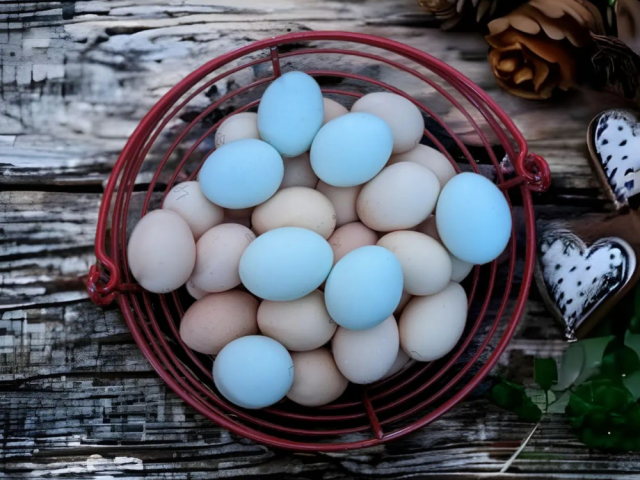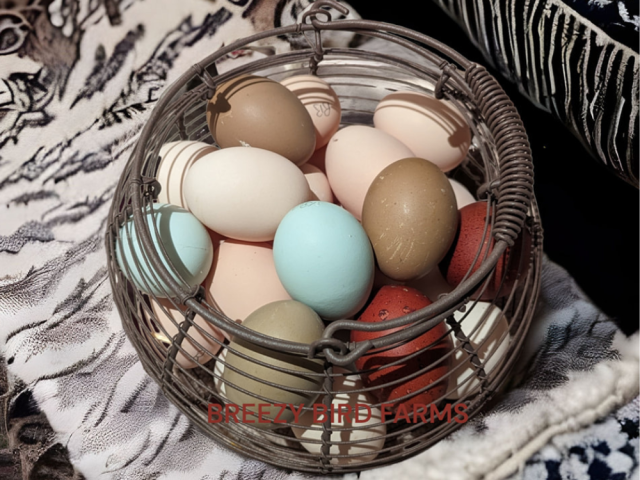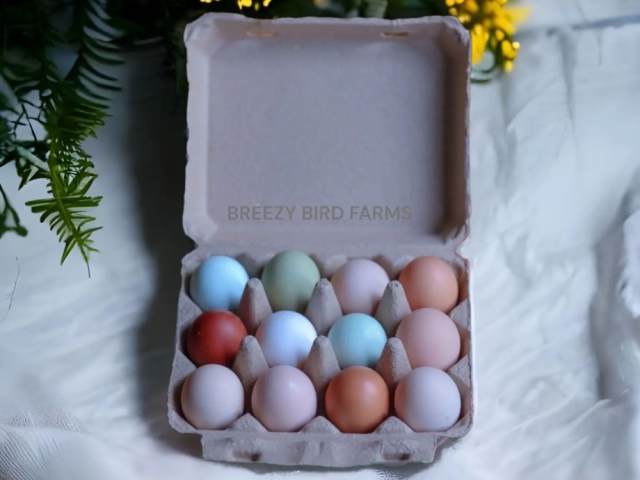Blue Egg Gene in Poultry

The blue egg gene in poultry is a fascinating genetic trait that determines the color of the eggs laid by certain chicken breeds. It is caused by a specific genetic mutation that affects the expression of pigments in the shell gland of the hen’s reproductive system.
The blue egg gene is inherited in an autosomal dominant manner, meaning that a bird only needs to inherit one copy of the gene from either parent to lay blue eggs. This means that if a bird carries the blue egg gene, it will pass it on to approximately 50% of its offspring.
The blue egg gene is caused by a mutation in a gene known as oocyan, which is responsible for the production of a pigment called biliverdin in the shell gland. This pigment imparts a blue-green color to the eggshell. The mutation alters the function of the oocyan gene, resulting in an increased production of biliverdin and the formation of blue eggs.

It is important to note that the blue egg gene does not affect the color of the chicken’s feathers or other physical characteristics. It is specific to the color of the eggs produced.
The blue egg gene can interact with other genes, resulting in variations in the shade of blue or green. For example, when the blue egg gene is combined with a brown egg gene, it can produce eggs with a tint of green. This occurs because the biliverdin pigment interacts with brown pigments already present in the shell, resulting in a greenish hue.
The blue egg gene can be found in several chicken breeds, such as the Araucana, Ameraucana, and Easter Egger. These breeds have been selectively bred for their blue egg-laying ability, and their offspring are likely to carry the blue egg gene.

In conclusion, the blue egg gene in poultry is a result of a genetic mutation in the oocyan gene, which affects the production of the biliverdin pigment in the shell gland. This leads to the formation of blue eggs. Its inheritance pattern, interactions with other genes, and the potential for variations make it an interesting genetic trait for poultry breeders and enthusiasts.
